Facebook Ads vs. Google Ads: Which Should You Be Using?
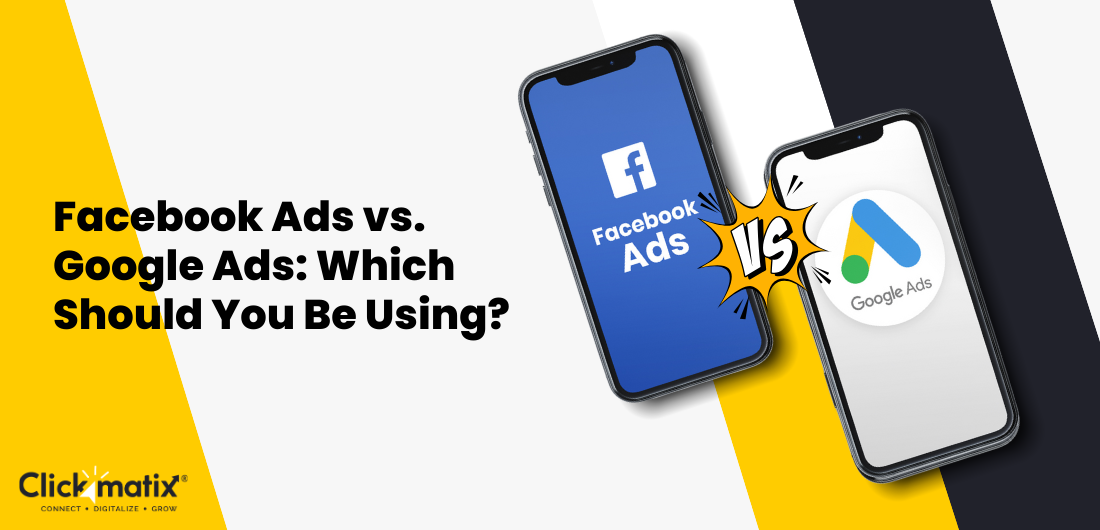
When it comes to digital advertising, businesses often face a crucial decision: Google Ads or Facebook Ads. Both platforms dominate the online advertising space but serve different purposes, catering to distinct user behaviours. Understanding their differences can help decide which one best aligns with a company’s digital marketing strategy.
A Facebook Ads Agency may argue that social media campaigns drive engagement and brand awareness, while experts in Google ads advertising will highlight the power of intent-driven search. But which is the best option for your business?
Let’s examine them in depth to determine how they differ, their advantages, and how to determine the best choice.
How Do Google Ads and Facebook Ads Differ?
Before choosing between Google Ads and Facebook Ads, it’s essential to understand how they work and what makes them unique.
Google Ads: Paid Search
Google Ads is primarily a pay-per-click (PPC) platform, where businesses bid on keywords to appear at the top of Google search results. It capitalises on user intent—meaning those actively searching for a product or service are more likely to convert, making it a strong tool for businesses looking to drive direct sales.
Key benefits of Google Ads advertising include:
- Immediate search visibility ensures potential customers see your business first.
- Targeting high-intent users who are already looking for your products or services.
- Advanced performance tracking with Google Analytics, allowing precise measurement of ROI.
- Multiple ad formats, including text-based search ads, engaging display ads, shopping ads, and video ads on YouTube.
- Enhanced audience segmentation through keyword targeting, demographics, and retargeting strategies.
- Scalability and flexibility to adjust ad spending based on performance, making it accessible to businesses of all sizes.
A digital marketing agency in Melbourne can help businesses navigate these opportunities, ensuring they maximise their return on investment while maintaining cost efficiency.
Facebook Ads: Paid Social
Unlike Google Ads, Facebook Ads function within the social media ecosystem, displaying targeted ads to users based on their interests, demographics, and online behaviour. Instead of responding to search queries, Facebook Ads proactively reach potential customers through the platform’s sophisticated algorithm, making them highly effective for brand awareness and audience engagement.
Businesses leveraging Facebook advertising services in Melbourne often use these ads to build lasting relationships with consumers, drive engagement, and retarget past visitors. The platform enables companies to reach potential customers in a more interactive and visually engaging way.
Key benefits of Facebook advertising include:
- Advanced audience targeting based on interests, behaviours, location, and demographics.
- Affordable advertising options that accommodate businesses of all sizes.
- High engagement potential through eye-catching images, videos, and carousel ads.
- Effective retargeting strategies to re-engage users who have interacted with the brand.
- Multi-platform reach, with seamless integration across Instagram, Messenger, and the Audience Network.
- Diverse ad formats, including instant experiences and lead-generation ads for increased conversions.
- Cost-effective lead generation, making it ideal for businesses with limited budgets looking for high ROI.
By using a Facebook Ads Agency, businesses can fine-tune their campaigns for maximum performance, ensuring that every pound spent translates into meaningful engagement and long-term customer relationships.
Strengths and Benefits of Google Ads
Google Ads offers unique advantages, making it a powerhouse in digital advertising. Here’s why businesses should consider using it.
1. Extensive Audience Reach
With over 8.5 billion daily searches, Google provides businesses with unparalleled access to potential customers. Whether it’s a digital marketing agency in Melbourne looking for leads or an e-commerce store driving sales, Google Ads ensures ads reach users actively searching for relevant products or services.
Unlike social media advertising, where users passively engage with content, Google Ads advertising connects businesses with people with high purchase intent. This distinction makes Google Ads a powerful tool for businesses seeking direct conversions.
2. Equal Opportunities for Businesses
Small businesses can compete with large enterprises on Google Ads. The auction-based system ensures companies only pay when users interact with their ads. Optimised bidding strategies and smart keyword choices allow businesses to achieve significant results, even with limited budgets.
Moreover, Google’s machine learning algorithms improve campaign efficiency over time, ensuring businesses get the best return on ad spend (ROAS). By refining targeting parameters and ad placements, advertisers can reduce cost-per-click (CPC) while maximising conversions.
3. Variety of Ad Formats
From search and display ads to shopping and YouTube ads, Google Ads advertising offers multiple formats to suit different marketing goals. Businesses can create highly targeted campaigns tailored to specific audience segments.
- Search Ads: These appear at the top of search results for high-intent queries.
- Display Ads: Visually engaging ads are shown on partner websites, which are great for remarketing campaigns.
- Shopping Ads: Showcase products with images and prices directly in Google, which is ideal for e-commerce businesses.
- YouTube Ads: Video ads that appear before or during content are excellent for brand storytelling and increasing brand recall.
- Performance Max Campaigns: Automated, AI-driven ad campaigns optimising across all Google networks for maximum conversions.
This flexibility allows businesses to reach audiences at different stages of the customer journey, increasing the likelihood of conversions.
Strengths and Benefits of Facebook Ads
For businesses focused on brand-building and engagement, Facebook Ads offer a robust platform to connect with potential customers.
1. Advanced Audience Targeting
Facebook’s strength lies in its ability to hyper-target users based on interests, location, behaviour, and demographics. Businesses using a Facebook ads agency can leverage custom audiences, lookalike audiences, and retargeting strategies to reach the right people at the right time.
- Interest-based targeting reaches people who have shown interest in similar products.
- Lookalike audiences help businesses target users similar to existing customers.
- Retargeting re-engages users who have previously interacted with your business.
- Geotargeting ensures that local businesses reach potential customers in their vicinity.
2. Highly Visual Advertising Platform
Unlike Google Ads, which focuses on text-based search ads, Facebook is a visually driven platform. Businesses can create compelling images, videos, and carousel ads, making their products stand out in users’ feeds.
- Image ads: Single photos with engaging captions.
- Carousel ads: Multiple images or videos users can swipe through.
- Video ads: Highly engaging, great for storytelling and brand awareness.
- Instant Experience ads: Full-screen interactive ads optimised for mobile.
- Messenger Ads: Ads delivered directly in Facebook Messenger to increase direct engagement.
3. Strong Return on Investment (ROI)
Facebook Ads offer some of the lowest cost-per-click (CPC) rates in digital advertising. The cost of Facebook advertising depends on campaign goals, audience size, and competition, but businesses often achieve significant engagement and conversions for minimal spending.
With precise audience segmentation and AI-powered ad delivery, businesses can ensure their ads reach the most relevant users, driving high conversion rates and better customer retention.
With both Google Ads and Facebook Ads offering compelling advantages, businesses should evaluate their goals and budgets to determine the most effective platform—or use both in a complementary strategy for maximum reach and impact.
Google Ads vs. Facebook Ads: Which One Should You Choose?
When it comes to digital advertising, businesses often find themselves deciding between Google Ads and Facebook Ads. Both platforms offer powerful tools for reaching potential customers, but they cater to different marketing goals. The right choice depends on factors such as business objectives, target audience, and budget. Understanding the strengths and weaknesses of each platform can help businesses make an informed decision.
When to Choose Google Ads
Google Ads operates primarily on search intent, meaning users are already looking for a specific product or service when they see an ad. This makes Google Ads a high-intent platform with a strong potential for conversions. Here are key scenarios where Google Ads is the better choice:

Get weekly insights for revenue-shifting results
Sign up for our newsletter and be the first one to know about our exclusive offers, digital marketing news and updates.
|
|
Thank you for Signing Up |


1. You Need Immediate Conversions
Google Ads is designed to capture users at the decision-making stage. When someone searches for a product or service, they are often ready to make a purchase. This makes Google Ads ideal for businesses that want to generate immediate leads and sales.
2. Your Business Offers High-Demand Services or Products
If you sell products or services that people actively search for—such as plumbing, legal services, or e-commerce items—Google Ads is a powerful way to connect with potential customers. Since users are already expressing intent, your ad is more likely to convert.
3. You Want Measurable ROI
Google Ads provides advanced tracking and analytics tools, allowing businesses to measure performance accurately. Metrics such as click-through rates (CTR), conversion rates, and cost per acquisition (CPA) help advertisers refine their campaigns and maximise their return on investment (ROI).
4. Your Industry is Competitive
If your business operates in a competitive industry, strategic bidding on high-performing keywords can give you an edge. Google Ads’ bidding system ensures that businesses willing to invest strategically can outrank competitors and capture valuable traffic.
When to Choose Facebook Ads
Unlike Google Ads, which targets search intent, Facebook Ads focuses on audience engagement and brand awareness. The platform allows businesses to target users based on interests, behaviours, and demographics, making it ideal for specific marketing goals.
1. You Want Brand Awareness and Engagement
Facebook Ads excel at reaching potential customers who may not yet be searching for a product but are likely to be interested. With engaging content, businesses can increase brand recognition and nurture leads over time.
2. You Need to Reach a Niche Audience
Facebook’s detailed targeting options allow advertisers to define their audience based on age, location, interests, behaviours, etc. This makes it an excellent platform for businesses targeting a particular demographic.
3. Your Business Relies on Visuals
If your business benefits from high-quality images or videos—such as fashion, food, or home decor—Facebook Ads is a perfect fit. The platform’s visual nature allows brands to showcase their offerings creatively, increasing engagement and appeal.
4. You Have a Lower Budget
Facebook Ads are generally more affordable than Google Ads, making them an excellent choice for startups and small businesses. With a lower cost per click (CPC), advertisers can achieve impressive results even with limited ad spending.
Why Not Both?
While choosing between Google Ads and Facebook Ads depends on specific business goals, the most effective strategy often involves using both. By combining Google’s search intent with Facebook’s powerful targeting capabilities, businesses can create a well-rounded digital marketing strategy that maximises both conversions and engagement.
For instance, a business can use Google Ads to target high-intent users who are ready to buy while also running Facebook Ads to build brand awareness and retarget previous website visitors. This dual approach ensures maximum visibility, increased brand recall, and higher conversion rates.
Conclusion
Neither platform is inherently better; it all depends on business goals. Facebook advertising costs tend to be lower, but Google Ads drive high-intent traffic. Businesses should assess their needs, test both platforms, and optimise campaigns for the best results.
A digital marketing agency in Melbourne can help businesses fine-tune their strategies for maximum impact. By effectively leveraging Google Ads and Facebook Ads, companies can dominate the digital landscape and drive sustainable growth.
FAQs
Are Google Ads better than Facebook Ads?
The answer depends on the business goal. Google Ads are ideal for capturing high-intent leads because they target users actively searching for a product or service. This makes them particularly effective for businesses looking for immediate conversions, such as e-commerce stores or service providers. With search intent-driven advertising, Google Ads can yield a higher return on investment (ROI) if optimised correctly.
On the other hand, Facebook Ads excel at brand awareness, audience engagement, and customer nurturing. They allow businesses to target specific demographics based on interests, behaviours, and location, making them highly effective for building brand recognition. Facebook Ads work well for visually driven businesses and those aiming to generate interest before a purchase decision.
Rather than choosing one over the other, many businesses use both in combination—leveraging Google Ads for conversions and Facebook Ads for long-term engagement and retargeting potential customers.
Are Meta Ads cheaper than Google Ads?
Generally, Meta Ads (Facebook and Instagram) are more affordable than Google Ads in terms of cost-per-click (CPC). The average CPC for Facebook Ads is usually lower because users are not actively searching for a product but are instead exposed to ads while browsing. This makes Facebook a cost-effective platform for businesses aiming to reach a large audience on a budget.
However, while Google Ads may have a higher CPC, they often provide better conversion rates since they target users with strong purchase intent. The total cost-effectiveness of either platform depends on the campaign type, industry, and audience targeting. Meta Ads are a great option if a business wants high engagement and affordable reach. However, if conversions and sales are the priority, Google Ads may deliver better results despite higher costs. A balanced strategy using both platforms can maximise ROI while keeping costs manageable.
Which social media is best for advertising?
Facebook remains one of the most powerful social media platforms for advertising due to its vast user base, advanced targeting options, and high engagement rates. Businesses can create highly customised campaigns based on user interests, behaviours, and demographics, making Facebook an effective platform for most industries.
However, other social media platforms can also be highly effective, depending on the target audience. Instagram (also part of Meta) is ideal for visually driven businesses, LinkedIn works well for B2B marketing, and TikTok excels at engaging younger audiences with short-form video content. Twitter (X) can be valuable for real-time engagement, and Pinterest is great for niche markets like home decor, fashion, and lifestyle brands.
Ultimately, the best social media platform for advertising depends on where a business’s target audience spends the most time. Many brands succeed by running multi-platform campaigns tailored to each channel’s strengths.
Why are Meta Ads the best?
Meta Ads, which include Facebook and Instagram advertising, are among the best options for digital marketing due to their advanced targeting capabilities, high engagement potential, and cost-effectiveness. With detailed audience segmentation, businesses can target users based on interests, demographics, behaviours, and even previous interactions with their brand. This precision ensures that ads reach the right people at the right time.
Another advantage of Meta Ads is their strong visual appeal. Businesses can use images, videos, carousels, and interactive elements to capture the audience's attention and boost engagement. Additionally, Facebook and Instagram Ads support various campaign objectives, from brand awareness and lead generation to direct sales.
Compared to Google Ads, Meta Ads are typically more affordable, making them accessible to small businesses. Their robust analytics tools also allow advertisers to track performance and optimise campaigns effectively. Meta Ads are a top choice for businesses focused on audience building, engagement, and cost-efficient marketing.
In search for strategic sessions?
Let us understand your business thoroughly and help you
strategies your digital product.
It's time to call your business-
a brand!
Australian Owned Agency
Save Time and Money
Unbeatable Value
Where Work Gets Done
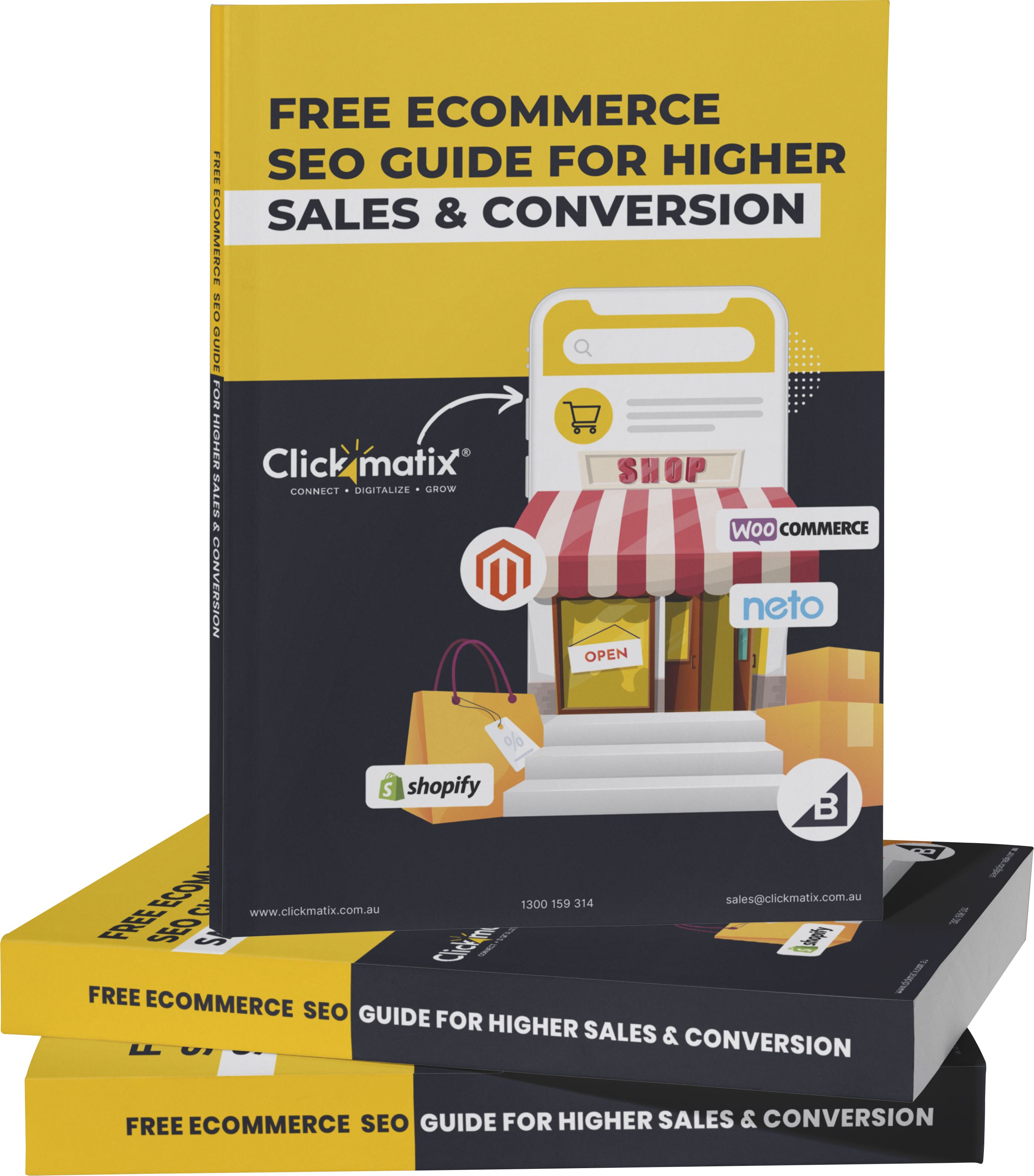
free Ecommerce SEO guide for Higher Sales & Conversion


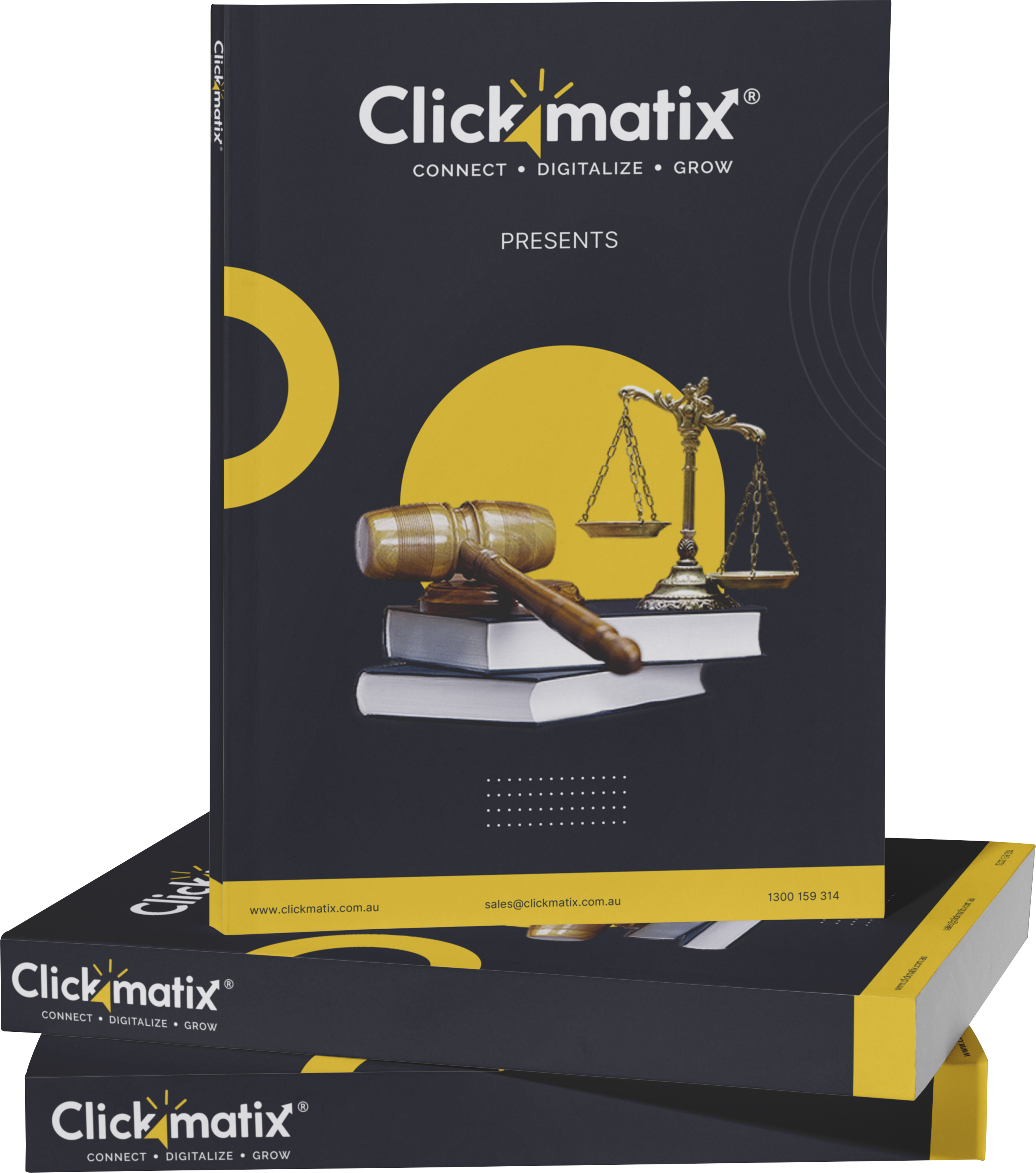
THE ULTIMATE MARKETING GUIDE FOR LAWYERS


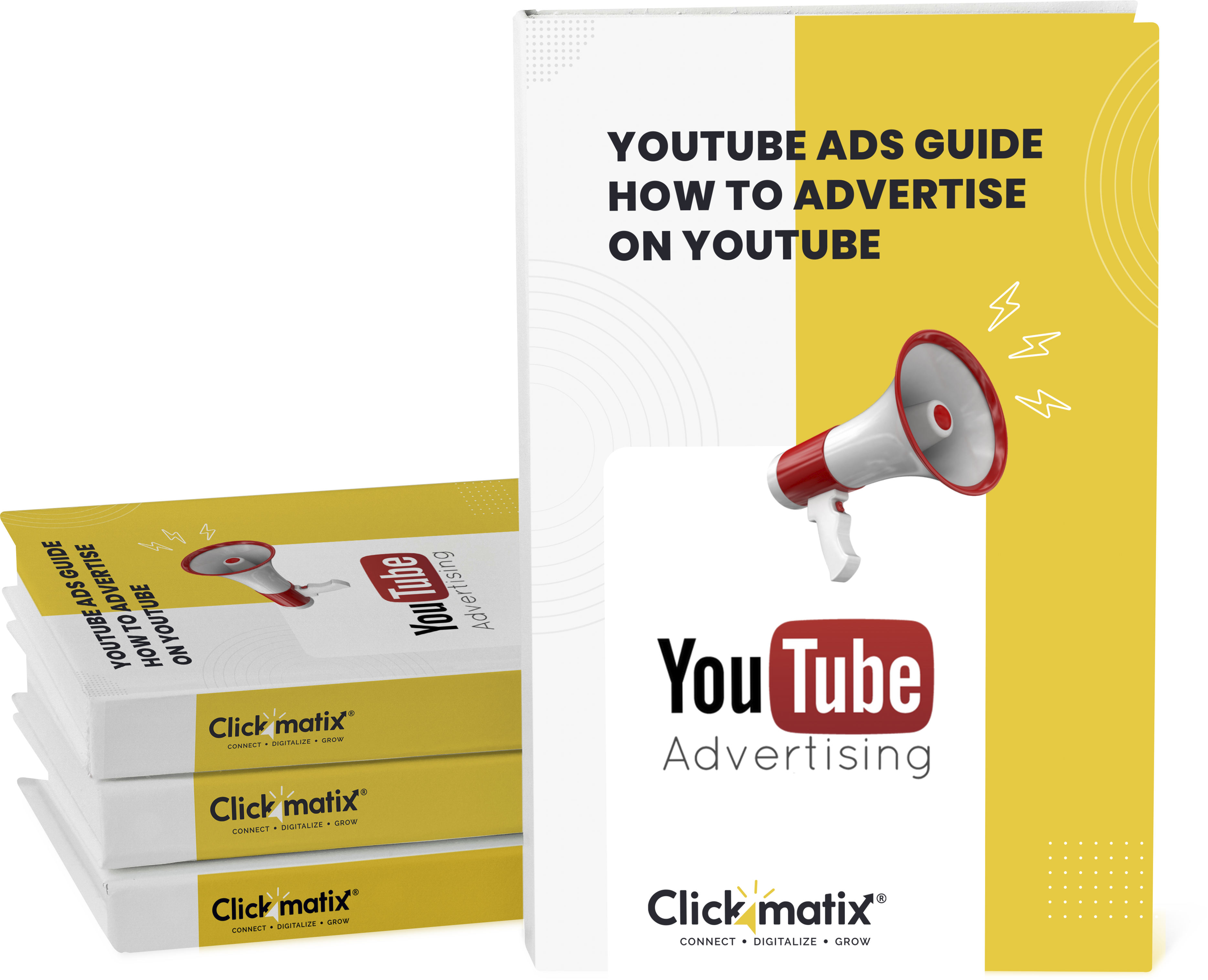
Youtube Ads Guide How to Advertise on Youtube



free Ecommerce SEO guide for Higher Sales & Conversion


It's time to call your business-
a brand!
Australian Owned Agency
Save Time and Money
Unbeatable Value
Where Work Gets Done


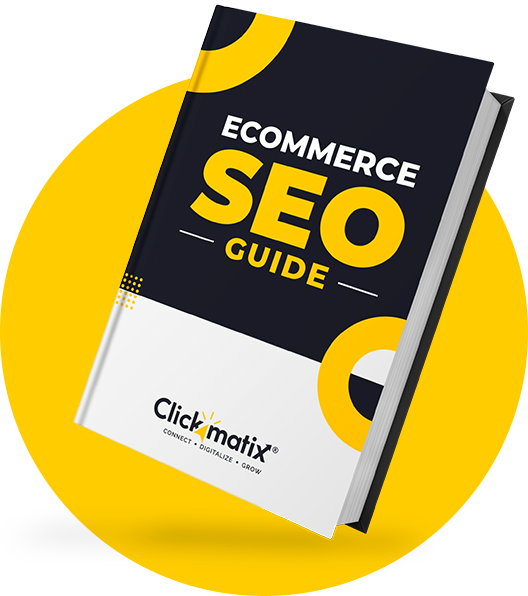
The Game-Changing Ecommerce SEO Guide That Will Blow Your Mind & Sales
With this Ecommerce SEO Guide, you'll be able to:
- Develop a Ecommerce SEO strategy.
- Build a content marketing strategy that aligns with your business goals.
- Convert your website visitors into paying customers.


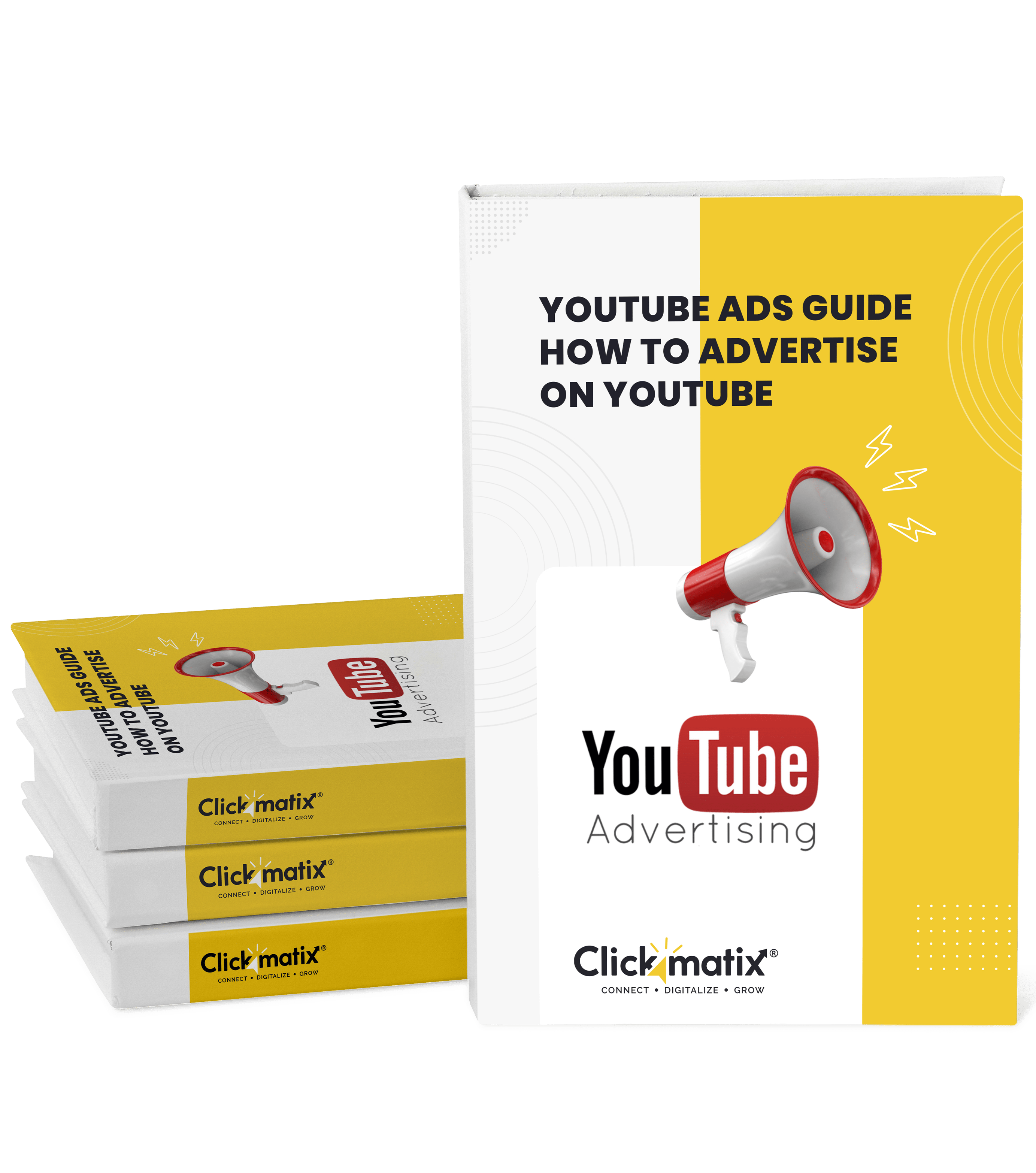
Youtube ads guide how to advertise on youtube
With this Youtube ads Guide, you'll be able to:
- Develop a Youtube ads strategy.
- Build a type of ads of your own that aligns with your business goals.
- Generate revenue from youtube ads.
It's time to call your business-
a brand!
Australian Owned Agency
Save Time and Money
Unbeatable Value
Where Work Gets Done








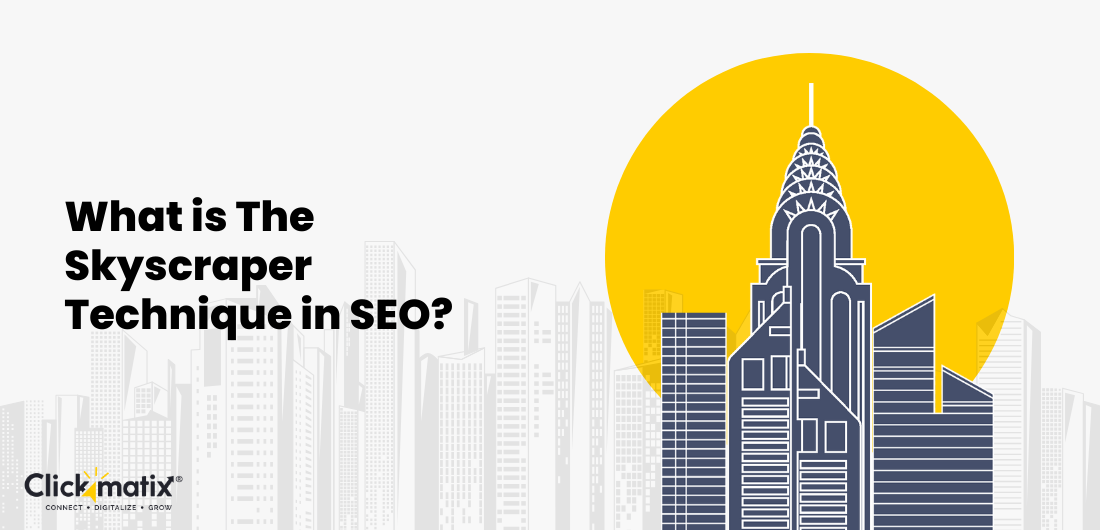
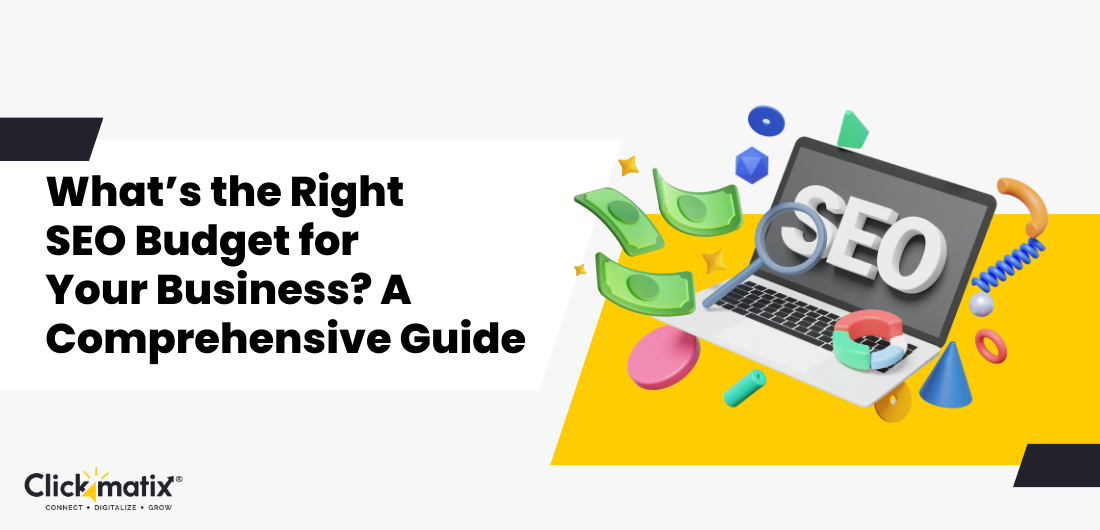
 Australian Owned Agency
Australian Owned Agency Save Time and Money
Save Time and Money Unbeatable Value
Unbeatable Value Where Work Gets Done
Where Work Gets Done